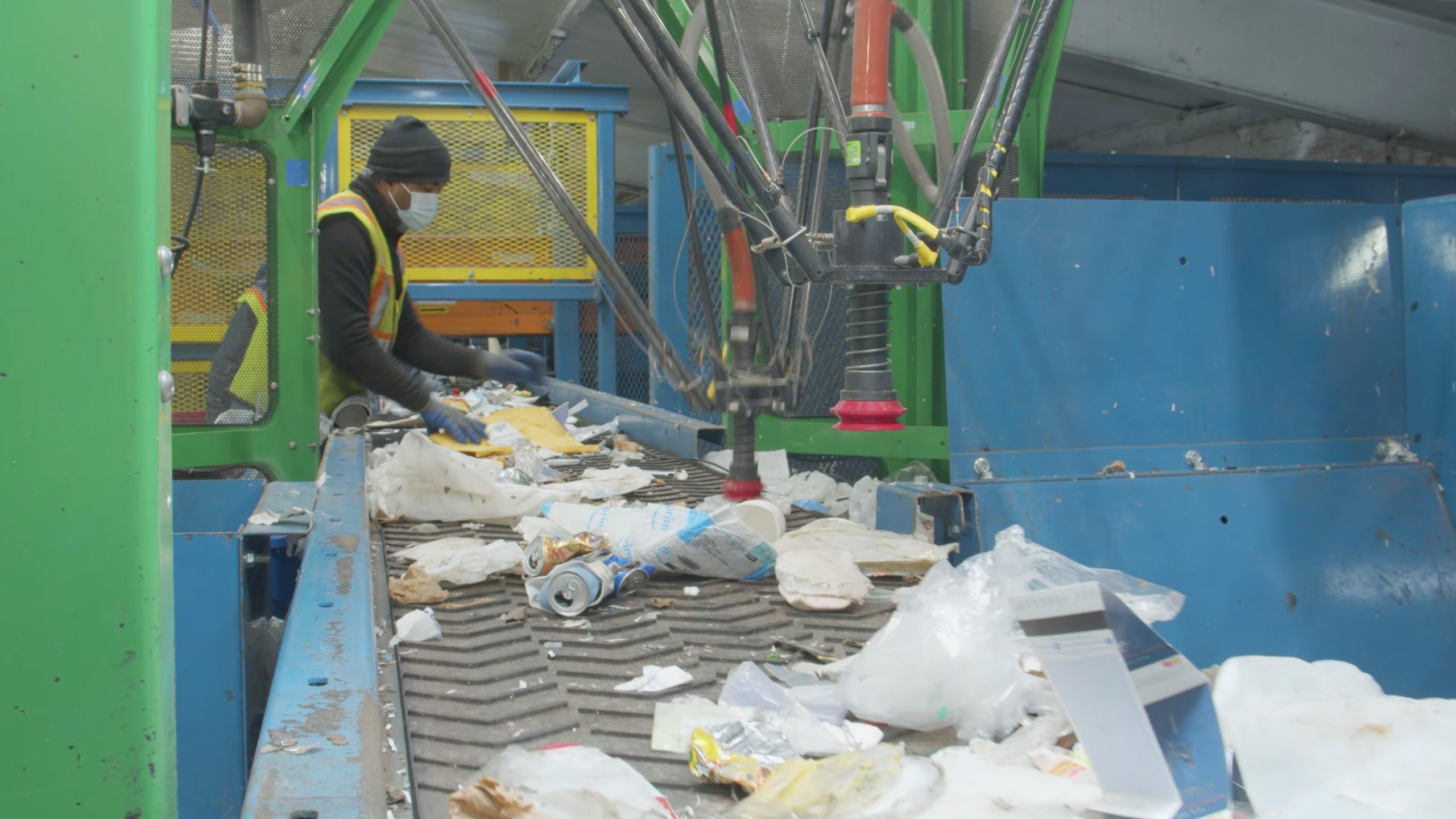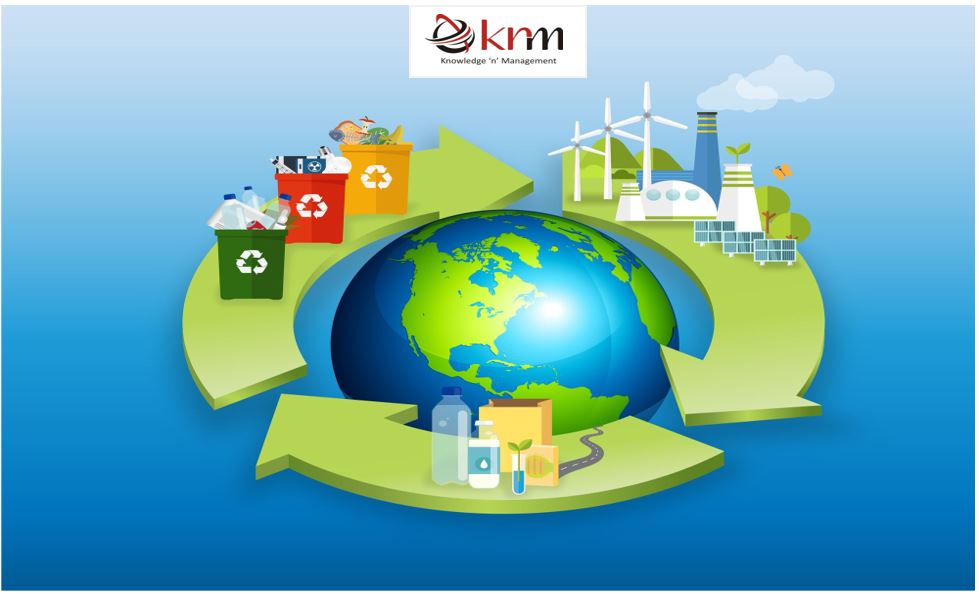Obtain Entailed with Recycling Lives Services for a Greener Future
Obtain Entailed with Recycling Lives Services for a Greener Future
Blog Article
Discovering Various Kinds of Waste in Modern Waste Administration Equipment
The contemporary landscape of waste administration includes navigating an intricate array of waste types, each needing specialized handling and disposal approaches to alleviate environmental impacts. Local strong waste, harmful waste, electronic waste, and organic waste each present unique obstacles and chances for resource recovery. Innovative solutions such as wise waste containers and waste-to-energy innovations are becoming crucial devices in improving efficiency and sustainability. Recognizing these waste kinds is crucial for promoting public understanding and encouraging active participation in lasting techniques. What approaches can successfully deal with these diverse sorts of waste while promoting a circular economic climate?
Local Solid Waste
Metropolitan strong waste, frequently described as family trash or garbage, includes a selection of disposed of products produced by household, industrial, and institutional resources within a community. This waste stream commonly consists of things such as product packaging, food scraps, yard trimmings, paper, plastics, textiles, and discarded house items. The management of metropolitan solid waste is a crucial component of city preparation and public health, requiring effective collection, transport, and disposal systems.
Reliable waste management systems are developed to reduce environmental impact while optimizing source recovery. Composting natural waste, such as food scraps and yard trimmings, not only decreases land fill use yet additionally generates valuable dirt changes.
Districts must also address the logistical and financial obstacles related to waste administration. Applying pay-as-you-throw systems, enhancing public awareness, and purchasing technology can substantially enhance waste diversion prices. By integrating these methods, towns can promote lasting areas, lower greenhouse gas exhausts, and preserve natural resources.
Hazardous Waste

Reliable hazardous waste monitoring entails a number of essential steps: identification, therapy, partition, and disposal. Segregation ensures that unsafe products are kept individually from non-hazardous waste to avoid cross-contamination.
Regulatory frameworks, such as the Resource Conservation and Recovery Act (RCRA) in the USA, give standards and requirements for contaminated materials administration. Adherence to these policies, paired with developments in waste treatment modern technologies, is essential in mitigating the threats linked with contaminated materials.
Digital Waste
Digital waste, generally described as e-waste, stands for a quickly growing difficulty in waste management systems internationally. This kind of waste encompasses thrown out electronic tools and devices such as mobile phones, computer systems, televisions, and various other electronic appliances. The quick speed of technological development, paired with decreasing product life-spans and customer demand for the most recent devices, has actually tremendously enhanced the quantity of e-waste created annually.
E-waste is particularly troublesome as a result of its complicated structure, usually consisting of hazardous compounds like cadmium, lead, and mercury, which position substantial environmental and health and wellness threats if not effectively taken care of. On the other hand, e-waste also consists of beneficial materials such as copper, silver, and gold, which can be recouped and recycled. The twin nature of e-waste-- both useful and unsafe-- necessitates specialized handling, reusing, and disposal processes.
Efficient e-waste monitoring entails stringent regulatory frameworks, robust collection systems, and advanced recycling modern technologies. Public awareness and involvement are crucial, as improper disposal go practices, such as illegal disposing and informal recycling, worsen ecological contamination and carcinogen. Enhancing e-waste administration methods is important for alleviating eco-friendly effect and recovering valuable sources in a progressively electronic globe.

Organic Waste
Organic waste, comprising cooking area scraps, lawn trimmings, and agricultural deposits, represents a significant portion of the international waste stream. This kind of waste is eco-friendly, indicating it can be damaged down by microbes into less complex natural substances. Despite its capacity for all-natural disintegration, improper management of organic waste can result in adverse environmental influences, including the discharge of greenhouse gases such as methane, which add to climate adjustment.
Effective administration of natural waste is critical for decreasing these environmental influences (recycling lives services). Composting is a commonly taken on method, changing organic waste into nutrient-rich garden compost that can boost soil wellness and agricultural performance. Additionally, anaerobic digestion is an arising innovation that transforms organic waste into biogas, a renewable resource source, and digestate, which can be used as plant food
Municipalities and waste monitoring entities must carry out durable organic waste collection and therapy programs to maximize the benefits of these processes. Public education campaigns can likewise play a pivotal role in encouraging households and businesses to different organic waste from other kinds of waste. By prioritizing the administration of natural waste, societies can decrease garbage dump usage, reduced greenhouse gas exhausts, and create valuable byproducts for farming usage.

Innovative Waste Monitoring
In the world of waste monitoring, innovative methods are changing just how cultures manage their refuse, going for sustainability and effectiveness. These innovations incorporate an array of technologies and practices that improve reusing prices, lower land fill dependence, and lower ecological effect. One popular development is the application of wise waste containers equipped with sensing units find this that keep an eye on fill degrees and enhance collection paths. This not just minimizes fuel consumption however also reduces greenhouse gas discharges.
Another remarkable growth is the adoption of waste-to-energy (WtE) technologies. By transforming non-recyclable waste into usable power with processes such as incineration and anaerobic digestion, WtE lowers garbage dump concern and provides a renewable power resource. Improvements in chemical reusing permit for the breakdown of intricate plastics into their initial monomers, enabling the production of brand-new, high-quality plastic items.
Furthermore, the round economic climate model is obtaining grip, highlighting the design of products and systems that focus on reusability and resource performance. This all natural strategy encourages markets to decrease waste generation from the outset. With these innovative approaches, modern waste administration systems are not just attending to the prompt obstacles of garbage disposal yet additionally leading the way for a much more lasting future.
Final Thought
A thorough understanding of community strong waste, unsafe waste, electronic waste, and organic waste, paired with the implementation of ingenious waste monitoring options, is imperative for minimizing environmental impacts. Integrating modern technologies such as wise waste containers and waste-to-energy systems can improve performance and sustainability. Reliable waste monitoring methods not only foster source recuperation yet additionally advertise public recognition and participation, ultimately contributing to the development of a circular economic climate.
The contemporary landscape of waste administration entails browsing a complex selection of waste types, each requiring specialized handling and disposal methods to reduce environmental impacts. Local solid waste, harmful waste, electronic waste, and natural waste each existing unique obstacles and possibilities for source healing.Digital waste, typically referred to as e-waste, represents a rapidly growing obstacle in waste monitoring systems around the world. With these cutting-edge techniques, contemporary waste administration systems are not just resolving the prompt difficulties of waste disposal but additionally leading the way for a much more visit our website lasting future.
A thorough understanding of local solid waste, unsafe waste, digital waste, and organic waste, coupled with the execution of ingenious waste management options, is vital for alleviating environmental influences. (recycling lives services)
Report this page